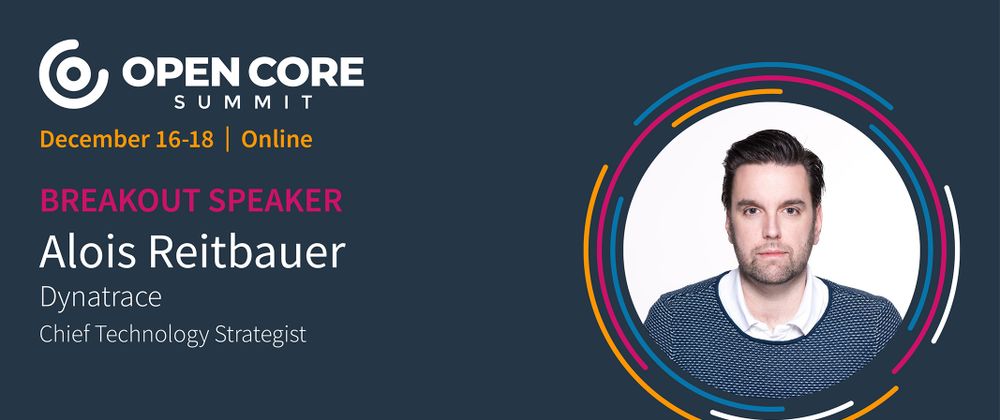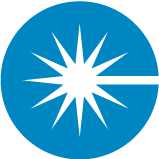Alois Reitbauer is Chief Technology Strategist at Dynatrace. He is coordinating industry engagements, standardisation, open source and research projects at Dynatrace. Alois is participating in W3C and CNCF activities and also blogs and speaks frequently at a wide variety of conferences.
Relevant Links
LinkedIn - Twitter
Alois Reitbauer, Chief Technology Strategist of Dynatrace
Introduce us to Dynatrace. The public company, the background, how large the company is.— 0:18
Alois categorizes Dynatrace in the Application Performance Management (APM) space, moving more into observability. Also refer to company as “software intelligence.”
Alois details Dynatrace’s journey from startup, to acquisition, eventually to going public.
Company is currently about 2500 people, mostly out of Europe, with some US.
According to analysts, Dynatrace is biggest company in the APM space, mainly serving companies in the Fortune 5000.
** As a public company, it looks like you’re around $600-700M in revenue, approaching one billion in revenue in the next few years? — 1:37 **
“That’s the thing I can’t tell you, but I think that’s the plan.”
** I’d love to learn about Dynatrace’s perspective on open source and evolution of open-source strategy? — 1:55**
Alois describes how open source wasn’t core to business at beginning, though company did use and contribute to open source.
First strategic decision was making the instrumentation engine open source. Was a core building block of product, but knew others could use it for other purposes, so company wanted to make it available.
As the value of monitoring increased, especially with recent observability movement, Alois describes how open telemetry began.
Alois elaborates on continued evolution of open-source vertical integration as well as open standards across the industry.
“The more strategic you become, trying to solve bigger industrie problems, it becomes harder to stay proprietary. … That’s how we saw this innovation coming along. … Selling this to the C-Level is super important.” Alois describes the process of explaining open source to C-Level across shareholders, Marketing, IP considerations.
As Alois was driving transition, had to have all the answers to these questions, and help others (especially in the C-Level) have answers.
What were the biggest challenges in bringing open source as a strategy and investment area to the Dynatrace leadership team? What were the biggest points of resistance? — 8:19
There were very valid questions. Alois elaborates on IP, commercial implications, and marketing and messaging questions, all the way to “how do we explain this to shareholders?”
There’s a good answer if you want to create an industry standard or move an industry forward to create a bigger market. “But you have to own this narrative.” You can talk about companies having commercial success being open source, but the next question is “How?”. Better have answers ready.
Alois also highlights the legal side and the importance of understanding how licensing works and with your own IP. Not nitpicking, but a large responsibility not to do anything wrong. Questions force you to think through things more clearly.
Alois shares he had been making the business case, but also listening to other perspectives (e.g. legal) to understand the transition more.
Have you gotten any feedback from Dynatrace shareholders or questions, in terms of why open source? Any learnings? — 10:42
Alois describes Dynatrace being in a unique situation. APM market was changing, and all providers were collaborating to build out open telemetry.
“So this was other way around.” Dynatrace was expected to be part of this movement.
Early messaging focused on how investing resources into open source could provide returns in shaping the software, having contributor representation and board representation, and pushing code in right levels. Don’t want to get question, “why is there something happening in open source and you’re not involved in it?”
Alois clarifies that was a unique position.
Have you been able to connect measurable business results with open source activity? Any ROI-level measurements? — 12:36
Company has early measurements, still refining them, also depends on projects they’re participating in (e.g. early projects haven’t had wide industry adoption yet.)
Some OKR/measurement questions include: How many customers are using this technology or consuming other parts of our offering? What’s our overall market position? How relevant is it in coming up with customers? What are our customers using? Tracking customer conversations.
Be quicker with offering/features than when customers are demanding it.
APM market seems pretty competitive. How have you seen open source drive the evolution of the APM market? — 14:13
It’s shifted the direction, and shifted how the products go to market, in a good way.
In Dynatrace’s beginnings, it was about being good at collecting data. Next challenge was querying data. Next challenge was putting analytics on top. “People don’t even want to look at their data anymore, they just want it to be analyzed.”
This is where Dynatrace wanted their focus anyway. And can always use more resources for R&D and engineering.
The question is, strategically, where do you want to invest?
Differentiating pieces, like analytics and automation? (“Keeping the lights on technology”) But customers aren’t paying you any more for this.
Dynatrace saw that as industry, if they could split the work on data, and differentiate somewhere else, it could be helpful.
So it seems open source has given you clarity on where business differentiation is, and as that changes, that gives you a better idea of how to serve customers. So how can people get involved in Dynatrace’s open-source efforts? — 16:51
Alois details responsibility of onboarding new projects.
“Once you’re the open-source person in the company, suddenly a lot of people want to talk to you about it.”
Alois realized open-source at Dynatrace had to become more structured, so people know how to engage with company on open-source. This is how whole team emerged. “The plumbing.”
Alois speaks about his core team, clarifying that they are not doing open source contributions. Contributions come directly from the R&D teams.
Community engagement, community alignment comes out of his team.
How can people connect with you and learn more about Dynatrace’s open-source efforts?— 19:27
Easiest way is just reaching out on Twitter, DMs usually open. Can also reach out on LinkedIn.
Usually from open-source perspective, Twitter is easier place to reach him.
Always open to hearing ideas and connecting.
Share your questions and comments below!



Top comments (0)